Going gray—naturally or by choice—can look incredible, but getting the color right isn’t always simple. Sometimes what starts as a silvery dream turns brassy, patchy, or just plain wrong. Maybe the toner didn’t take, maybe the box dye lied, or maybe the hair just had other plans. Either way, not every gray hair journey goes smoothly.
This roundup takes a look at 14 real-life color correction mishaps and how professional stylists brought them back from the edge. It’s part cautionary tale, part inspiration—and a reminder that even when things go sideways, a skilled hand (and the right toner) can make a big difference.
Unexpected Green Tint
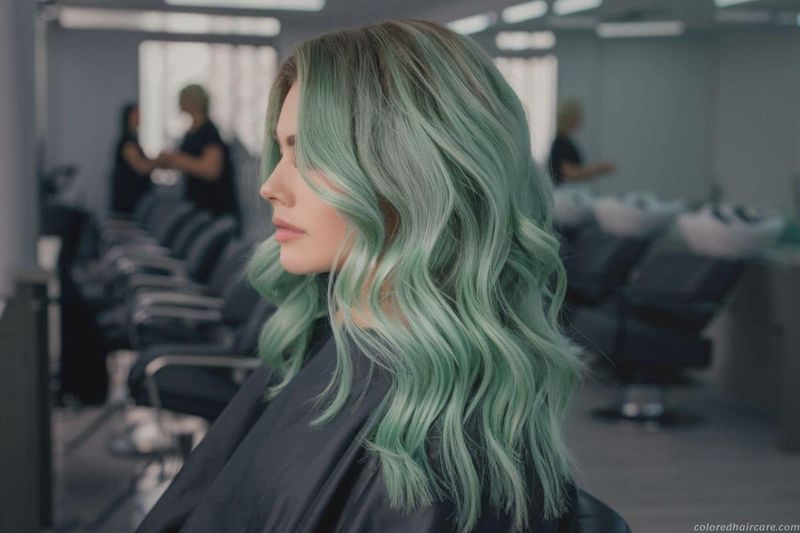
Imagine walking out of the salon with a fresh gray hue, only to discover an unexpected green tint under bright lights. This common mishap often occurs due to chemical reactions between hair products and minerals in water. A stylist’s remedy typically involves using a clarifying shampoo to strip the unwanted color.
Next, a toner is applied to neutralize the green and bring back the desired gray shade. Using products with purple or blue undertones helps counteract the greenish hue effectively.
Regular maintenance and using sulfate-free shampoos can prevent a recurrence of this tricky tint.
Patchy Gray Coverage
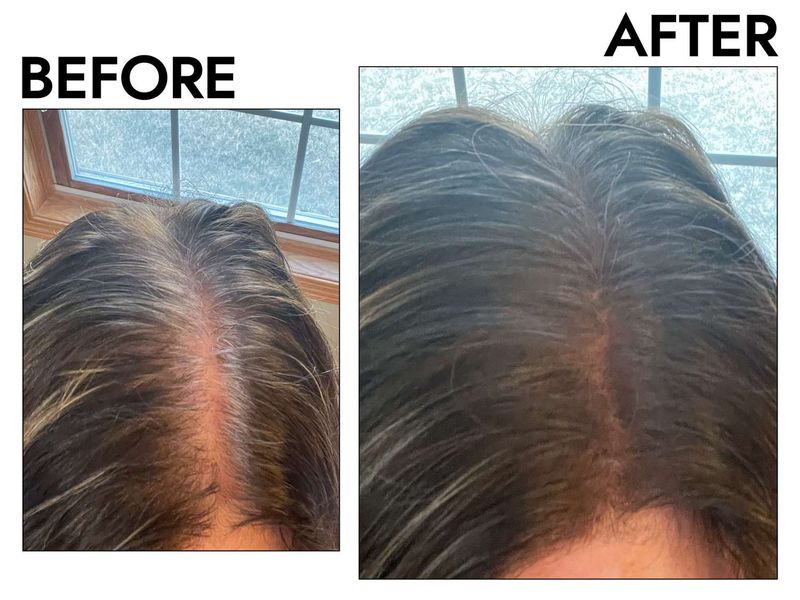
Patchy gray coverage can be a disheartening experience. This issue often arises when the color is applied unevenly or not processed long enough. A stylist may address this by reapplying the gray color, ensuring even distribution across the hair.
Pre-treating the hair with a porosity equalizer can also help in achieving uniform coverage. Additionally, sectioning techniques during application ensure every strand is coated.
For lasting results, maintaining proper hair hydration and using color-safe products are recommended, keeping the gray consistent and vibrant.
Brassy Tones
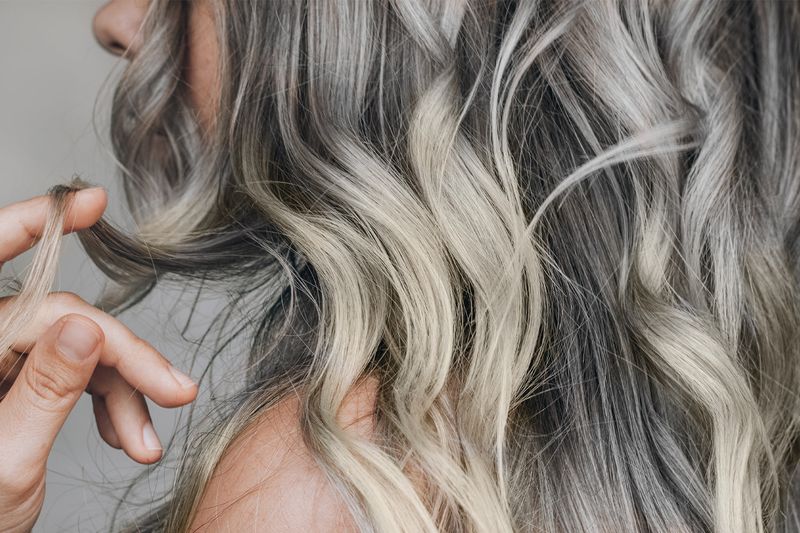
Brassy tones can turn an elegant gray into a dull orange mess. These tones often emerge from sun exposure or improper product use. Stylists tackle brassiness by applying a purple shampoo to counteract the unwanted warmth.
For more stubborn brass, a professional-grade toner can be applied to restore the cool, ashy tones. Regular use of anti-brass products helps maintain the desired hue.
To prevent brassiness, protecting hair from sun exposure and avoiding high-heat styling tools is crucial.
Yellowish Tint
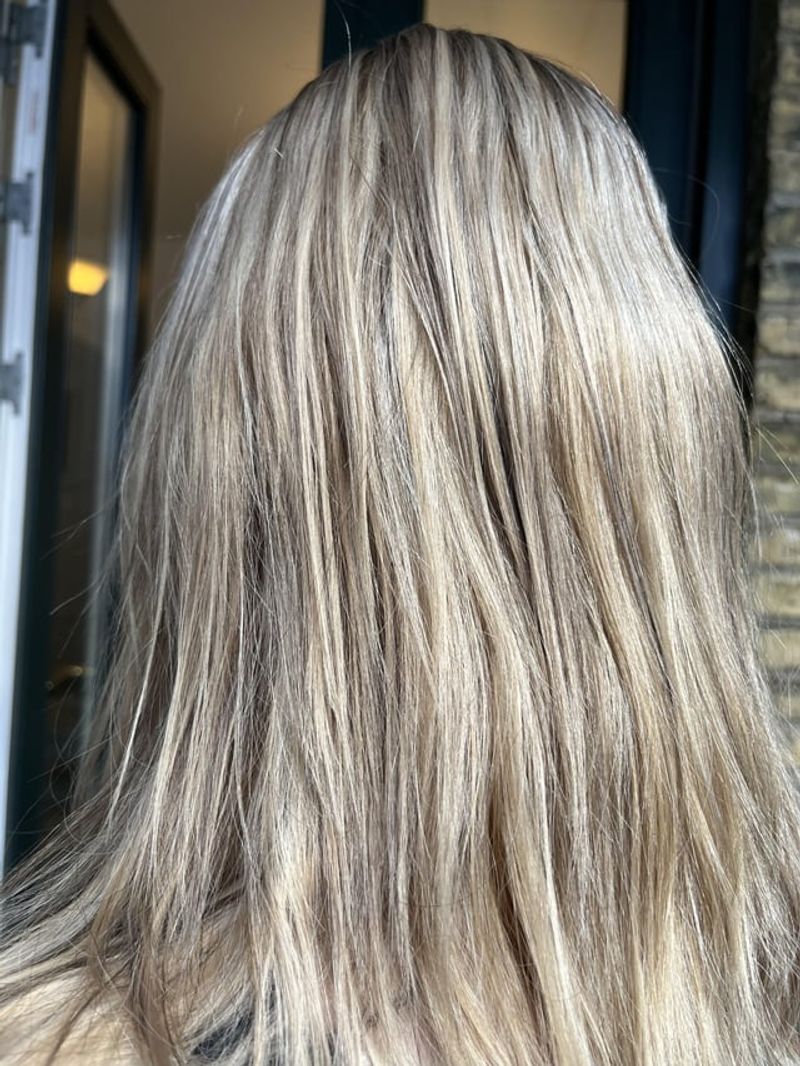
A yellowish tint in gray hair can be both surprising and unwanted. Often caused by pollution or cigarette smoke, this tint can be quite persistent. Hair stylists might use a violet-based toner to neutralize the yellow and restore the cool gray tone.
In addition, a color-enhancing shampoo designed for silver or gray hair can help maintain the vibrancy. Regular deep conditioning treatments protect the hair from environmental damage.
Emphasizing UV protection for hair can also prevent the recurrence of such discoloration.
Overly Lightened Gray

Overly lightened gray can make hair look stark and washed out. This usually results from over-bleaching or excessive color stripping. Stylists can correct this by adding depth with lowlights, creating a more natural gradient.
A protein treatment is often recommended to restore hair strength and resilience. This adds shine and improves texture, making the gray appear more sophisticated.
To maintain the look, using nourishing color-safe products and avoiding frequent chemical treatments is advised.
Uneven Tone Distribution
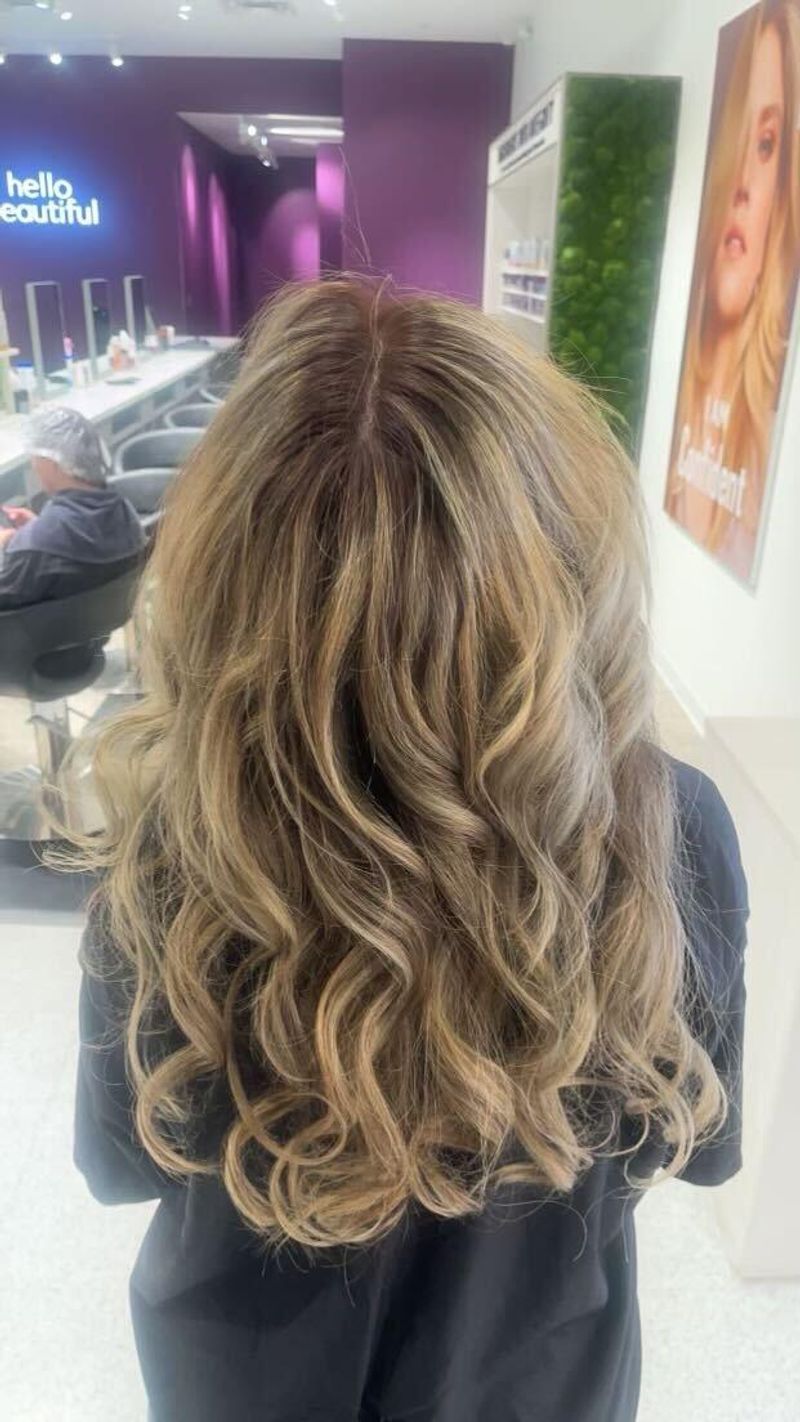
Uneven tone distribution is a frequent problem, often resulting from improper dye application. Stylists can resolve this by using a color blending technique. This involves applying a toner that matches the natural hair shade.
Highlighting or low-lighting selected sections can also create a cohesive look. A post-color sealer helps lock in the desired tone.
For best results, clients are advised to follow a customized hair care routine designed to maintain even color distribution.
Gray Banding
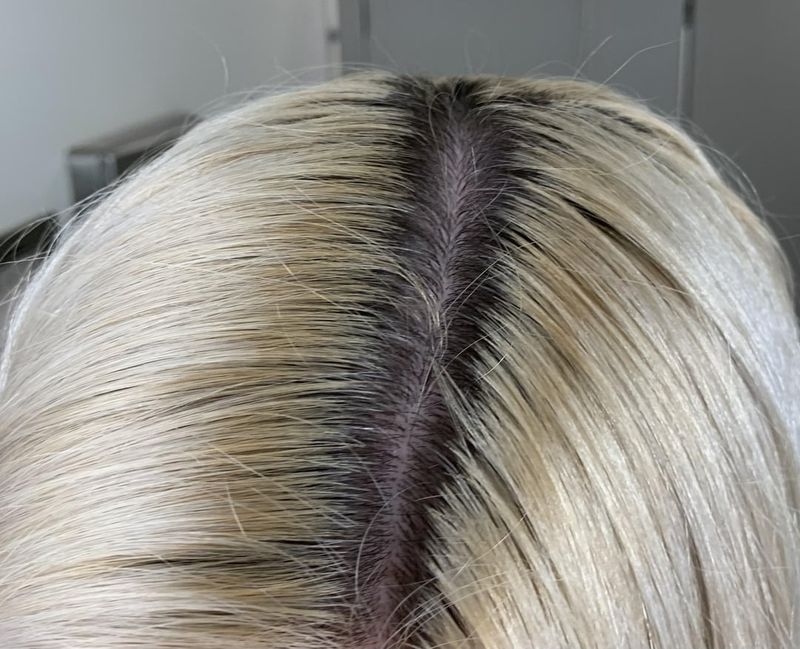
Gray banding can create distinct lines of color, disrupting the overall look. This usually happens when new growth is colored differently than existing hair. Stylists often use a technique called ‘smudging’ to blend the bands.
Reapplying color strategically helps create a seamless transition between the bands. Balayage can be another option for a more natural appearance.
Regular trims and consistent color touch-ups aid in preventing the reappearance of banding.
Metallic Gray Mishap
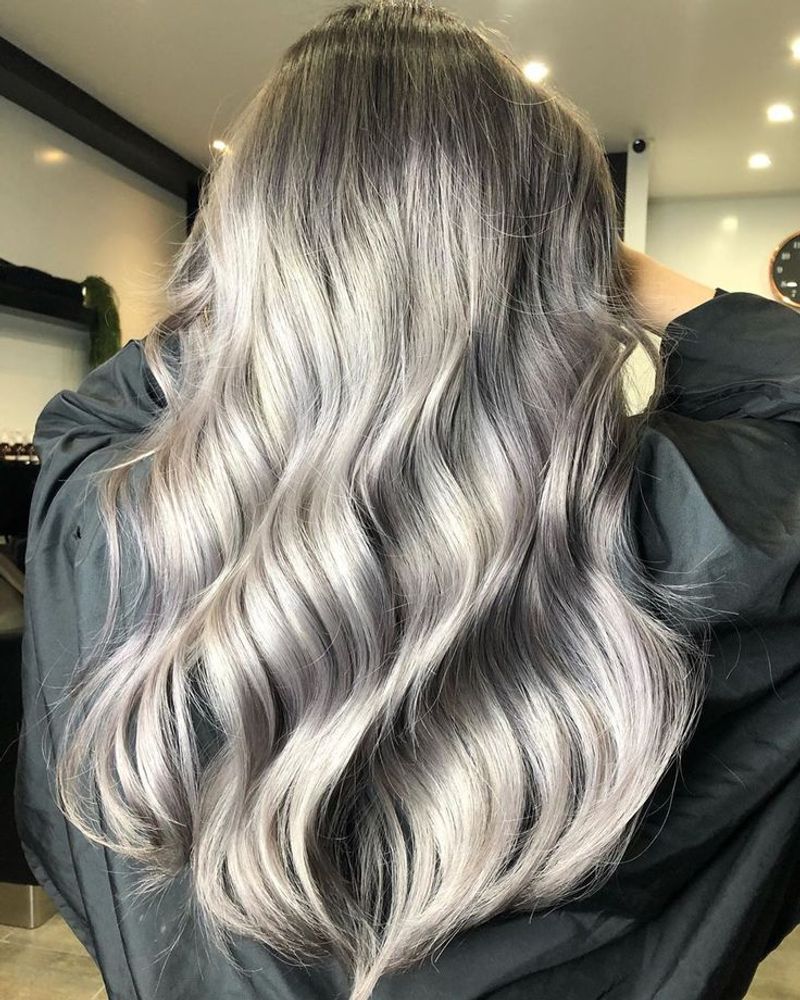
Metallic gray might sound chic, but when overdone, it can appear too shiny and artificial. This mishap often results from excessive use of metallic dyes. Stylists fix this by applying a matte toner to soften the shine.
A deep cleansing treatment is recommended to remove any product build-up. This helps restore a more natural, subtle sheen.
Clients should be advised to avoid metallic-based products and opt for more natural-looking gray dyes to prevent recurrence.
Stubborn Gray Roots

Stubborn gray roots can be a persistent issue, particularly for those with resistant hair. Colorists often use a specialized root touch-up technique, applying a stronger formula to the roots.
Heat application during processing can enhance color penetration. Additionally, root concealers offer a temporary fix between salon visits.
To manage stubborn roots, regular salon appointments and using quality hair care products are essential for maintaining a seamless look.
Blotchy Gray Highlights

Blotchy gray highlights can be a stylistic faux pas, often caused by uneven application or poor color choice. Stylists correct this by carefully re-highlighting the hair, ensuring even placement and color saturation.
A nourishing toner can smooth out any remaining inconsistencies, creating a balanced look. Precision in application is key to achieving the desired effect.
For ongoing maintenance, clients are encouraged to use color-safe, sulfate-free shampoos to preserve the highlights’ integrity.
Too Much Ashy Tone
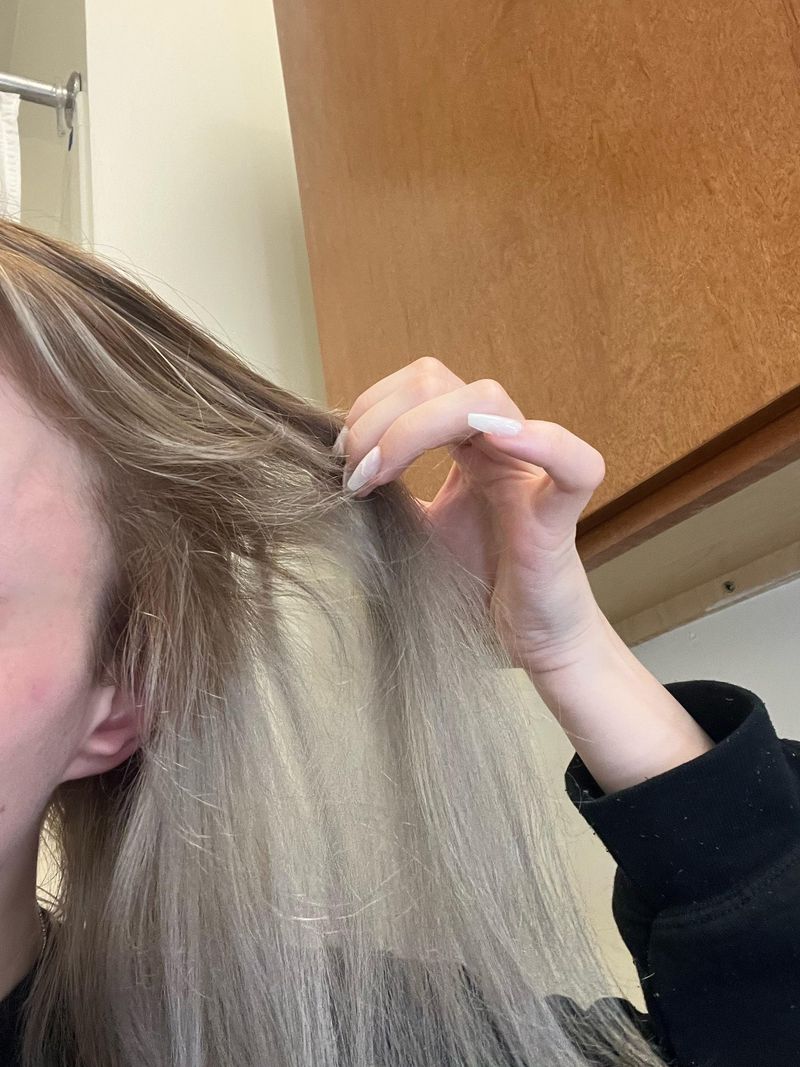
Too much ashy tone can make gray hair look flat and lifeless. This usually arises from overuse of ash-based toners. Stylists rectify this by incorporating warmer tones, adding dimension and vibrancy.
A gloss treatment can enhance shine and revive the hair’s overall look. Balancing warm and cool tones is crucial for an appealing finish.
Clients are advised to follow up with moisturizing products to keep the hair lively and glossy.
Gray Hair Breakage
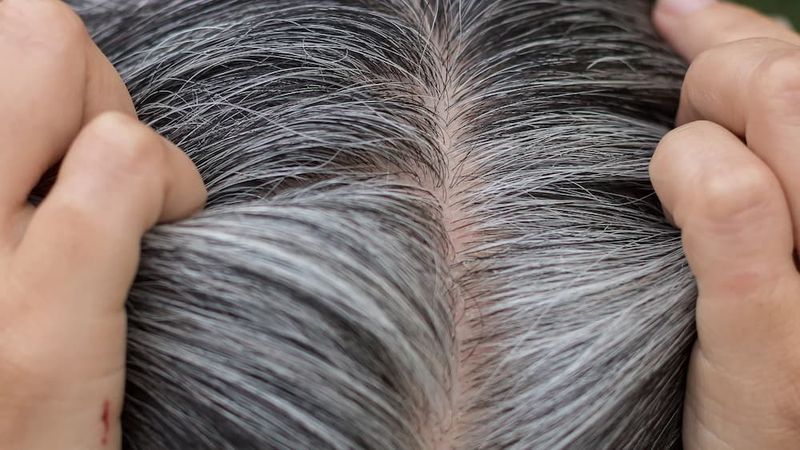
Gray hair is naturally coarser and more prone to breakage. When improperly treated, it can lead to significant damage. Stylists address this by using protein treatments, which fortify the hair structure.
Regular trims and deep conditioning treatments keep the hair healthy and minimize breakage. Stylists may recommend switching to a gentle, sulfate-free shampoo.
Protective hairstyles and minimizing heat styling further help in maintaining strong, resilient gray hair.
Faded Gray Luster

Gray hair can lose its luster, appearing dull over time. This fading often results from environmental factors and product residue. Stylists revive shine by using a clarifying treatment to remove build-up.
A glaze or gloss treatment enhances the hair’s natural sheen, making it appear lively. Incorporating serums into daily hair care can maintain the glossy effect.
Shielding hair from harsh weather conditions and using UV protectants are recommended to preserve the luster.
Incorrect Gray Shade
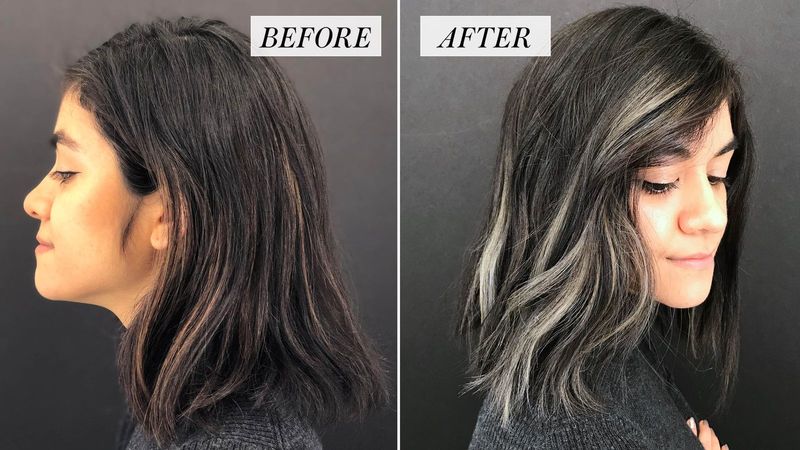
Choosing the wrong shade of gray can be disappointing. Sometimes, the selected color doesn’t complement the client’s skin tone or personal style. Stylists correct this by performing a color consultation.
Adjusting the shade through a customized mix of toners helps achieve a more flattering look. Adding highlights or lowlights can create depth and dimension.
Staying in tune with seasonal trends and personal preferences is essential for selecting the right gray shade.
